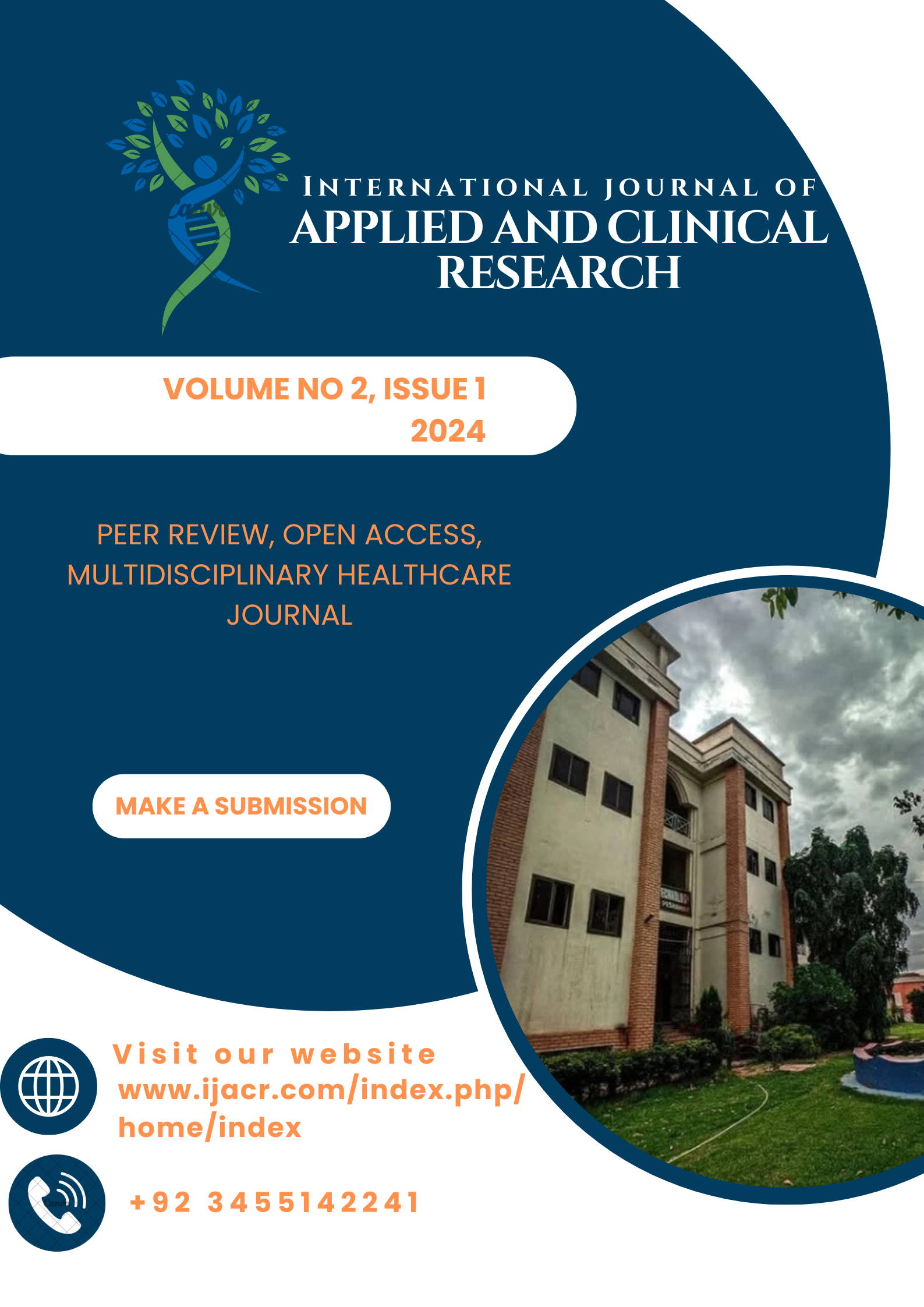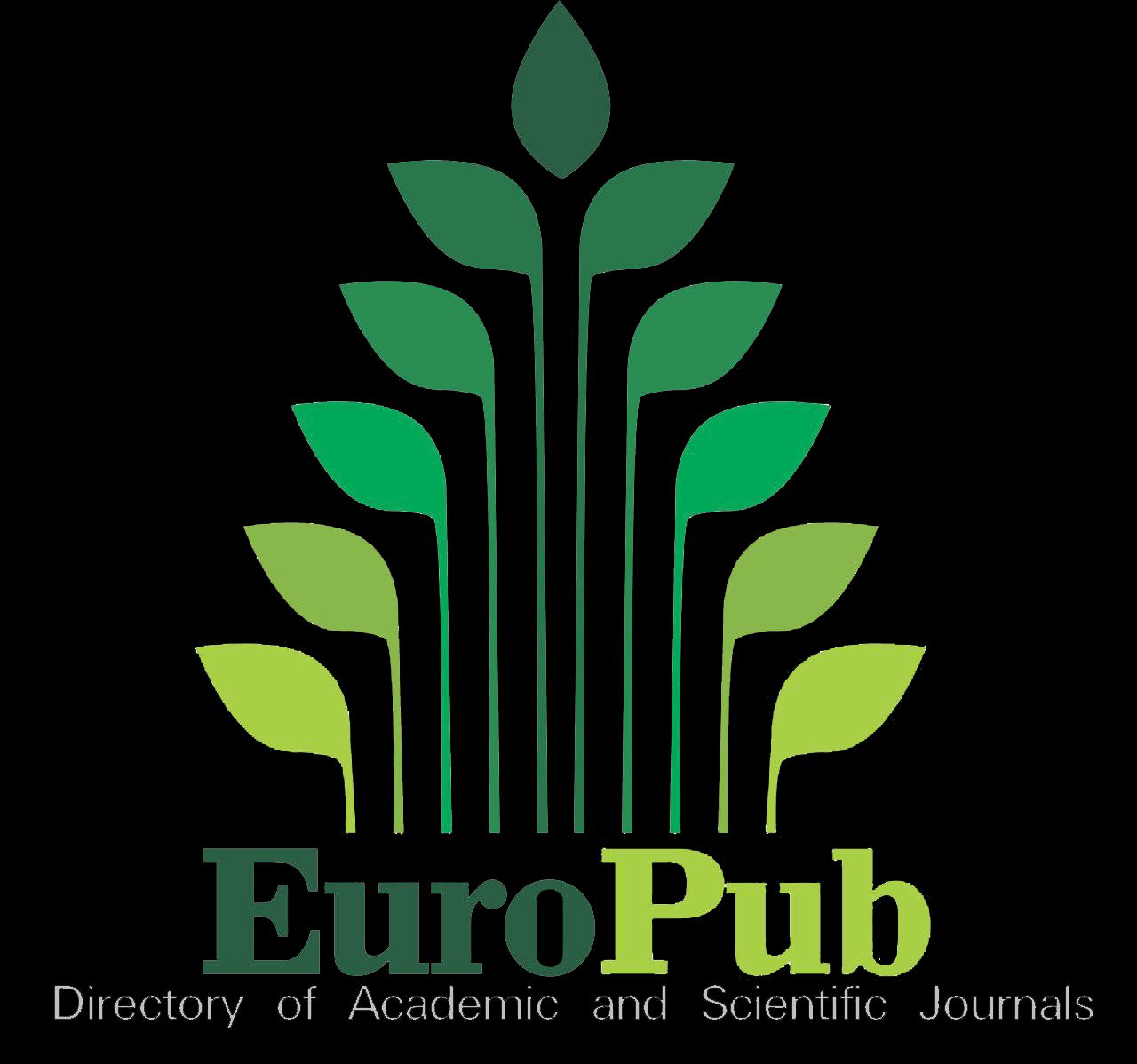Biochemical Analysis and Therapeutic Potential of Extract from Mushroom (Pleurotus ostreatus)
Keywords:
Edible mushroom; hypocholesterolemia activities; polysaccharide content; Nutritional benefits; Food productionAbstract
Pleurotus ostreatus is a popularly consumed species due to its taste, flavor, large values of nutrition, and pharmacological products. This research aims to investigate the nutritional, medicinal, and toxicological properties of locally cultivated oyster mushrooms in Khyber Pakhtunkhwa, Pakistan. The study consists of the evaluation of the presence of toxins using HPLC, proximate composition, nutritional profile, hemolytic activity (against human erythrocytes), cytotoxic activity (against brine shrimp), antibacterial potential, and anticancer properties of crude methanolic extract of P. ostreatus. Toxicological evaluation through HPLC revealed the presence of ochratoxin A (3.4 ppb) and Penicillic acid (2.7 ppb). Proximate analysis showed that the moisture content in 5 g of P. ostreatus was approximately 3.00±01%, 3.6±0.5% of proteins, 10.5±0.4% of crude fiber, 1.5±01% of lipids, and 89.3% of carbohydrates. Similarly, the mineral profile showed the presence of Fe, Mg, Na, Zn, Cr, Mn, and K. During hemolytic activity, the biocompatibility of extract towards human RBCs was free from the risk. The cytotoxic effects on shrimps were minimal and were found to be safe for living cells with a 64.57 LC50 value. The extract showed maximum antibacterial activity against P. aeruginosa, E. amnigenus, E. coli, E. cloacae, Citrobacter, and S. Serratia. The extract also showed noticeable cytotoxic activity on human Rhabdomyosarcoma cell lines. Overall, our results indicated that locally cultivated mushroom (P. ostreatus) is a rich source of nutrients and therapeutic agents with obscure toxicity.


